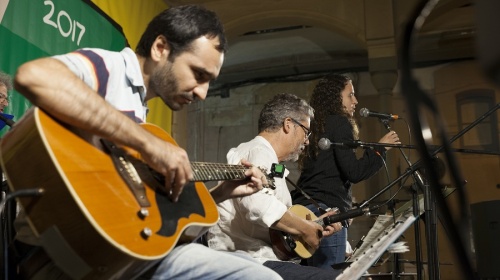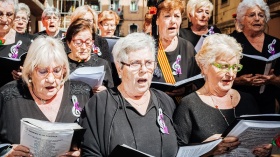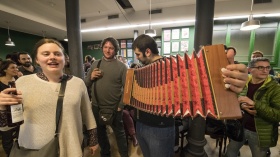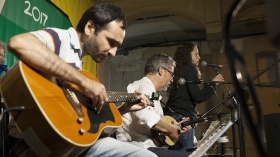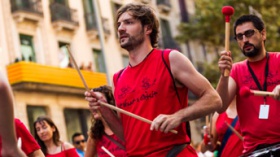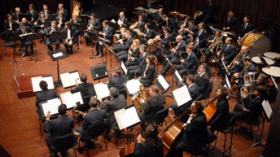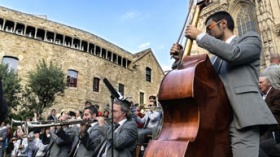Traditional and folk music
At the beginning of the 20th century, it was looking bleak for traditional Catalan music. So much so, that it seemed it would disappear. And there were many reasons: social, political, economic and especially cultural.
In 1967, driven by Jaume Arnella among others, the Grup de Folk was set up. It had a short life, but with only two records and a memorable concert on 22nd May, 1968, in Parc de la Ciutadella, it had lain the foundations for a movement which is still expanding today.
Once the group had split, some of the members of the Grup de Folk started working on new ideas and groups. One important band was Ara Va de Bo, for a younger public, which for somne time was the only band dedicated to traditional music.
At the end of the 1970s and during the 80s, Barcelona saw a revival in this field and new groups were created that played a decisive role, like Orquestrina Galana, Tercet Treset, and Murga, which in time became Primera Nota, led by Jordi Fabregas. The movement came to a head in 1988 with the creation of the Festival Tradicionàrius, based in Artesà in the Gràcia neighbourhood, which later became known as the Centre Artesà Tradicionàrius, or CAT.
Tradicionàrius quickly became a showcase, echoing the music being played around the country. These days there are many more of these initiatives, there is a greater number of bands, and what they play is more diverse.
Today in Barcelona you can enjoy traditional and folk music in many different places, and performances in the festes majors, the main neighbourhood festivals, are incresingly typical and frequent.
The La Mercè festivities, for example, has an entire space dedicated solely to this kind of performance, Mercè Folk.




